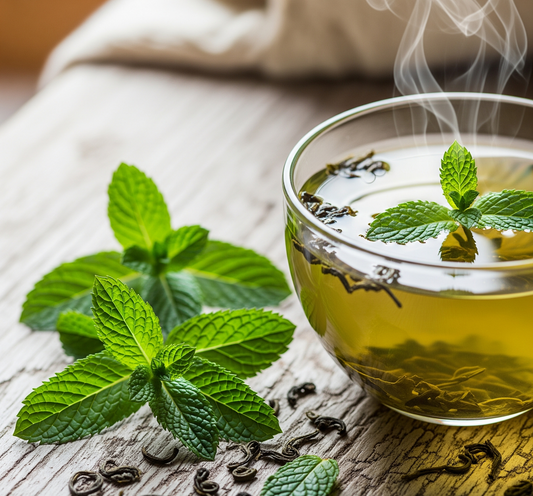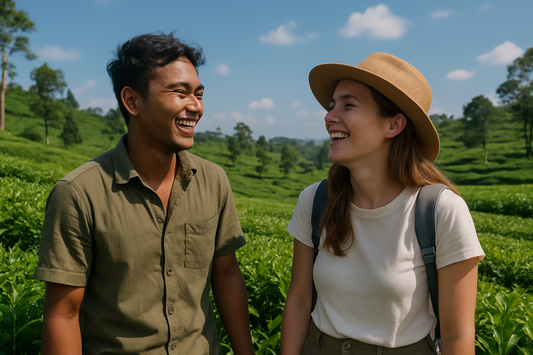Sandwiched between two giant countries, Nepali children in school learn early that their country is a small one. But it isn’t until we grow up, and explore the world and our own values that we realize that small need not mean monolithic. But because Nepal is not just small but also landlocked, it remained in its self-imposed isolation for most parts of its history. The country was closed to foreigners until 1951 A.D.
Even before the borders opened, Nepal had its own diversity and its own unique culture. After the border opened, Nepal’s diversity only got richer. The regions nearer to the capital and the looser Indian border got more exposure and more influence. A prime example of this can be the cultural practices of Kathmandu being world-renowned. Some temples in Kathmandu even got listed in UNESCO’s World heritage sites. Another great example of how Nepal’s diverse culture and practices bloomed into a budding industry is Ilam.
The proximity influence of Darjeeling is the reason Nepal even has a tea industry as advanced as it does. Without the imported machinery and experts coming in to teach interested Nepali folks the workings of tea culture Nepali teas would not be a thing of its own. While Nepali tea and its tea makers are still ages away from being as accomplished and recognized as their Indian counterparts, companies like Nepal Tea Collective are determined to scoop out a hefty room for Nepali talents and premium Nepali loose leaf teas in the global platforms.
But the tea world often forgets that Nepal isn’t just Kathmandu and Ilam. Nepal is diverse in terms of geographical layout, which consists of the Himalayan region, trans-Himalayan region, mid-hill region, and Terai or the plains region. The highest point of the country is Mount Everest (8,848 m | 29,029feet) and the lowest point is located in the Terai region in Kechana Kalan in Jhapa (60 m | 197 feet) and one of the many common threads tying these geographical territories together is an unbudging love for tea. But until 2019, Nepali and the global tea industry knew that teas were grown and processed in mid-hill and Terai regions but teas from the ruthless Himalayan region were unheard of.
Last month I met up with Janaki Khadka from the Himalayan Project Nepal (HIPRON), a non-governmental organization working to support livelihoods in the Solukhumbu region since 1998. The history of HIPRON dates back to a fascinating Danish family trek to Everest Base Camp. Kurt Lomborg with his family was forced to stay for an extended amount of time in the Likhupike municipality to ail a sickness and during their stay, the Lomborg family became a part of the community. The familial bond has continued to grow and till date Kurt is lovingly known as Papa Kurt in the Likhupike community.
HIPRON, under Papa Kurt’s guidance and Khadka’s masterful execution, has been bringing different projects into the Likhupike community including infrastructural support and access to better education. One of the primary focuses of the NGO has been the smooth running of Chandrajyoti Secondary School in Solukhumbu and Khadka believes that after more than a decade of investment and partnership with the locals, HIPRON has achieved its goal. In 2018, HIPRON while preparing for a smooth phasing out of Likhupike discovered 4-5 households growing and processing teas by hand for their own consumption.
Recognizing teas as a potential for sustainability and social catalyst, HIPRON has been partnering with interested farmers and locals to introduce them to the world of tea. In 2019, in collaboration with the 145 local stakeholders, Bhakanje Tea Estate was established at an altitude of 2,305 meters (7,713 feet) above sea level. Unfortunately, the country went into lockdown less than a year after its establishment. Solukhumbu, the region that houses the world’s tallest mountain - Mount Everest, was pretty much unaffected by the COVID-19 virus but the foot traffic came to a standstill and so did the delicate economy.
The fledgling tea factory however took advantage of the hold in time. Its two young tea producers - Dorje Tamang and Bishnu Thami, continued producing teas from the leaves harvested from 14 different households. In 2020, Bhakanje Tea Estate produced its first orthodox tea- 8 kgs of black tea in total. The quantity was so small and the world was still under the pandemic-induced lockdown, the tea went back to the community.

The community’s first taste of orthodox teas from their own gardens has increased interest and enthusiasm. In 2022, 35 farmers spread across elevations ranging from 1800-2200 meters (5,906 - 7,218) above sea level actively grew tea leaves in their own garden. The enthusiasm for the tea itself has increased in the HIPRON. Khadka herself completed her Sommelier training from Sonam Lama and learned the basics of making tea in the Bhakanje Tea Factory.
With lockdowns lifted and the majority of the countries open for trading, for the first time ever teas from Bhakanje Tea Estate reached new territories. Of all the teas produced in Bhakanje Tea Estate, four black teas are available for purchase through Nepal Tea Collective, a U.S.-based public benefit corporation. Through the collective, flavors from Solukhumbu regions is expected to reach a wider audience and expand people’s preconceived notions of Nepali flavors. Teas from Bhakanje Tea Estate or newly monikered as Top of the World Teas are proof that Nepali teas and flavors aren’t limited to teas from Ilam.

The four teas from Solukhumbu now available for global consumption are proof that Nepal’s tea industry although young and small compared to its neighbor is full of amazing possibilities. The Nepali tea industry can and will reach great heights.





Why Top of the World teas are a big deal?
Comment (1)
How do we obtain and buy all 4 kinds of this tea? I am eager to try this special tea